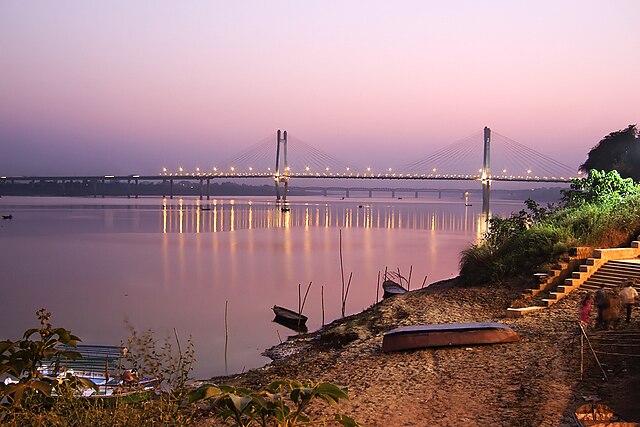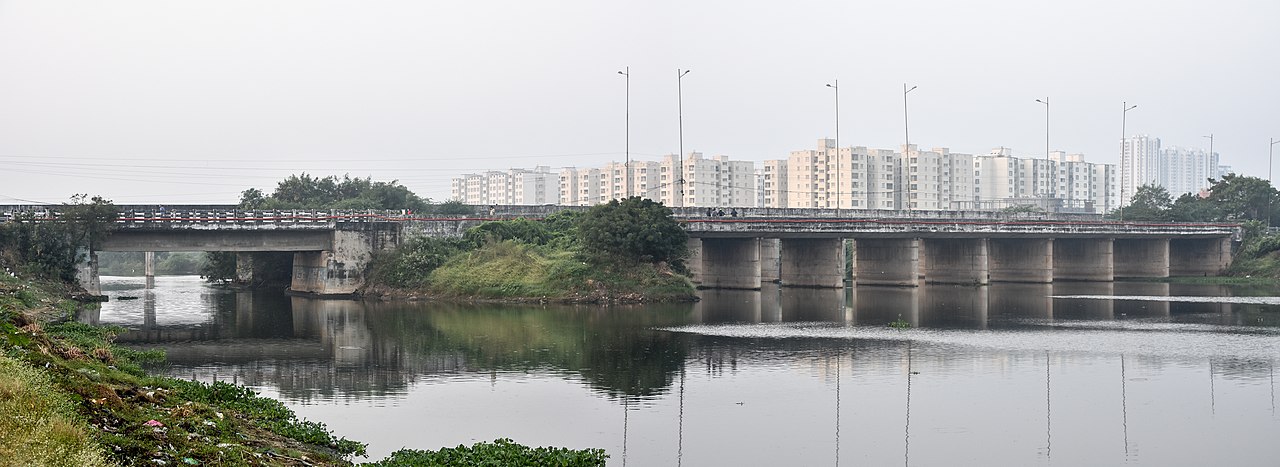
Thammasat University students are cordially invited to download a free Open Access book at this link that should be useful for readers interested in urban studies, architecture, city planning, ecology, environmental studies, history, sociology, Asian studies, India, Korea, Taiwan, China, and related subjects.
River Cities in Asia: Waterways in Urban Development and History is edited by Rita Padawangi, Paul Rabé, and Adrian Perkasa.
Associate Professor Rita Padawangi teaches sociology at the Singapore University of Social Sciences. Mr. Paul Rabé is Academic Coordinator of the Urban Knowledge Network Asia (UKNA), based at the International Institute for Asian Studies in Leiden. Dr. Adrian Perkasa is a lecturer in the Department of History, Faculty of Humanities, Universitas Airlangga, Indonesia.
River Cities in Asia: Waterways in Urban Development and History may be downloaded for free at this link:
https://library.oapen.org/handle/20.500.12657/59199
The TU Library collection includes a number of other books about different aspects of river cities.
The publisher’s description of the book follows:
River Cities in Asia uncovers the intimate relationship between rivers and cities in Asia from a multi-disciplinary perspective in the humanities and the social sciences. As rivers have shaped human settlement patterns, economies, culture and rituals, so too have humans impacted the flow and health of rivers. In Asia, the sheer scale of urbanization increases the urgency of addressing challenges facing urban rivers, leading to the importance of historically, socially, and culturally relevant solutions. However, cities are also uneven landscapes of power, affecting chances to achieve holistic ecological approaches. The central premise of River Cities in Asia is that a “river city” is one where proximity between a river and a city exists across time and space, natural and social dimensions. Recognition of these deep connections can help to better contextualize policy solutions aimed at rivers and their ecologies, including human life.

The first chapter, by the coeditors, begins:
Cities and water have a love-hate relationship. This is especially true of rivers in many cities in Asia, which, like cities in the rest of the world, owe their locations to rivers and the trading opportunities and water sources these rivers provided. In recent years, cities across China have been beautifying and extending their waterfronts, and cities as diverse as Singapore and Seoul are turning their rivers into assets as part of urban redevelopment schemes or restoring them in an effort to bring nature back to the city. Nevertheless, many other cities in Asia have their backs turned to their rivers. Where rivers were once trading and transport arteries and hubs of social and cultural life, many rivers today have suffered neglect as roads and evolving trading patterns have supplanted the rivers’ economic and social functions. Their decline has been accompanied by environmental destruction, as their waters have become polluted and serve as dumping grounds for solid waste. Moreover, riverbank settlements have evolved into legally ambiguous spaces, as old settlements were detached from land formalization regimes and were subjected to environmental deterioration from the rivers. Far from being an asset, these rivers have become an eyesore—and occasionally also a threat, owing to flooding exacerbated by poor planning and a poor understanding of the place of these water bodies in the wider regional ecosystem. This book seeks to uncover the relationship between rivers and cities from a multidisciplinary perspective in the humanities and the social sciences. The chapters in this book consist of contributions from both scholars and practitioners; all aim to contribute innovative ways of thinking about how to better integrate rivers, creeks, and canals—including their environmental, historical, social, political, cultural, and economic dimensions—into the fabric of contemporary cities.
Although there are other scholarly publications on urban rivers, this book distinguishes itself by bringing together the humanities and social sciences in emphasizing history and practice-oriented ethnography, with particular attention paid to specific, local urban development issues. We seek to examine the built and natural environment dialectics “from below,” embedded in time and space, countering the often top-down and ahistorical perspectives of many planning manuals. The focus is on cities in Asia, as the region is currently home to rapid urban development, with significant intervention in the environment occurring at a large scale in compressed timeframes. Meanwhile, governance is often subject to postcolonial conditions in which much of the hailed policy and planning interventions originate in the West. There are cases of cities in which policymakers aspire to manage everything, in contexts where they are unable to control or predict many aspects. This context, in which lack of control and inability to predict negatively affect the designing of suitable policies and projects, is often rooted in the overwhelming scales of urban development and limits on the resources required to respond to the challenges.
The Concept of the “River City”
At the heart of the book is the concept of the “river city,” which has both literal and implicit meanings. While the literal meaning of the term implies river and city in a shared location, the implicit meaning encompasses proximity between the river and the city in the previously mentioned dimensions: time and space, natural and social. The existence of the city is inseparable from the river, and vice versa. Understanding the time dimension of the city goes beyond the historical aspect to include the processes in which the river defines the city and the city, the river. Spatially, the time aspect is observable in the multiple layers that connect, disconnect, and reconnect the city and the river, as well as city-river spaces that are seamlessly integrated. The natural dimensions of the river, as will be expanded further in this book, appear in many different guises, as consumable resources and as infrastructure, and as natural habitats and platforms for all manner of human activities, from worship to leisure and tourism. Finally, and very importantly, the social dimensions are reflected in the relationship between urban communities (and neighborhoods) and the river, in which the river is socially constructed and shaped by these communities, but the existence of these communities and societies is simultaneously defined by the river. […]
With its focus on four rivers in India, three rivers in Southeast Asia, and one each in Korea, Taiwan, and mainland China, the book cannot—and indeed does not—pretend to cover all of “Asia.” Given the huge diversity in riverine conditions in and around cities in Asia, no single book can claim to be comprehensive on this subject. Instead, this book’s focus reflects the research areas of its main contributors, who collaborated as part of the International Institute for Asian Studies (IIAS) Urban Knowledge Network Asia’s River Cities project in 2017. The editors and contributors acknowledge the excellent work that has been done on other critical rivers with urban implications in other parts of South, Southeast, and East Asia, and they acknowledge that further work is needed to expand and deepen the “river cities” lens even to other areas along the same rivers, in different times and conditions, given the highly dynamic circumstances of urbanization and ecology in the regions studied.

(All images courtesy of Wikimedia Commons)
